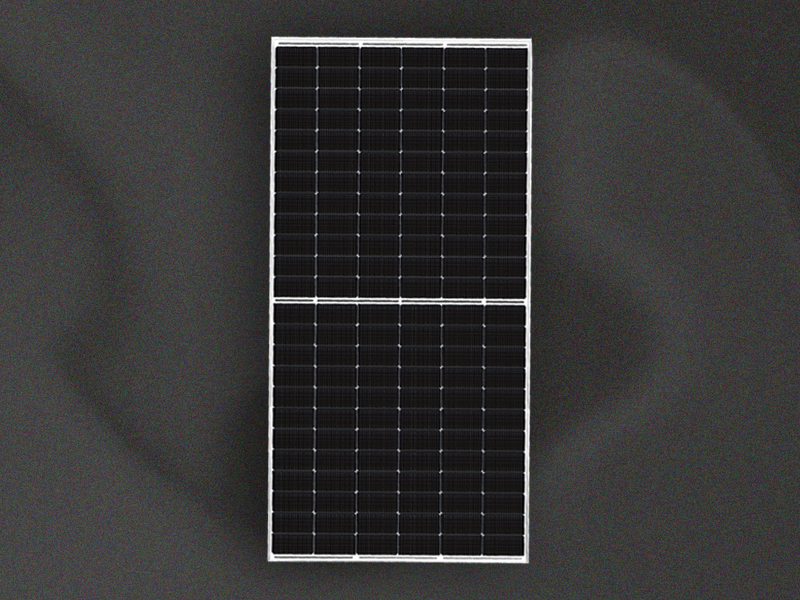TOPCon Modules (585Wp–670Wp)
Manufacturing & Quality:
- Advanced Tunnel Oxide Passivated Contact (TOPCon) technology for ultra-high efficiency (22–24%).
- Bifacial design captures rear-side sunlight, boosting energy yield by 10–30%.
- Non-DCR compliant, tailored for global markets with premium 585W–670W output.
Performance Assurance:
- 30-year warranty: 90% output retention after 10 years, 80.2% after 30 years.
Applications:
- Utility-scale solar parks and high-energy-demand industries (e.g., data centers, factories).
- Projects in high-irradiation regions or with land constraints.
Mono-crystalline Modules (55Wp–550Wp)
Manufacturing & Quality:
- High-purity silicon wafers for superior efficiency.
- Complies with DCR (Domestic Content Requirement) and global standards.
Performance Assurance:
- 25-year warranty: Sustained high output (90% at 10 years, 80.2% at 25 years).
Applications:
- Urban rooftops, commercial complexes, and EV charging stations.
- Government solar initiatives and space-constrained industrial projects.
Poly-crystalline Modules (40Wp–175Wp)
Manufacturing & Quality:
- Produced with cost-effective multi-crystalline silicon technology.
- Certifications: MNRE and BIS approved.
- ARC-coated glass enhances light absorption and durability.
- PID-free A-grade cells ensure zero power loss in harsh conditions.
Performance Assurance:
- 25-year warranty: 90% output after 10 years, 80.2% after 25 years.
Applications:
- Ideal for solar farms, rural electrification, and off-grid systems.
- Budget-friendly projects with flexible space (e.g., agricultural setups).
- Widely used for powering street lights and outdoor lighting systems.
| Sr. No |
Title |
Downloads |
| 1. |
570W-585W |
|
| 2. |
530-550W USM |
|


